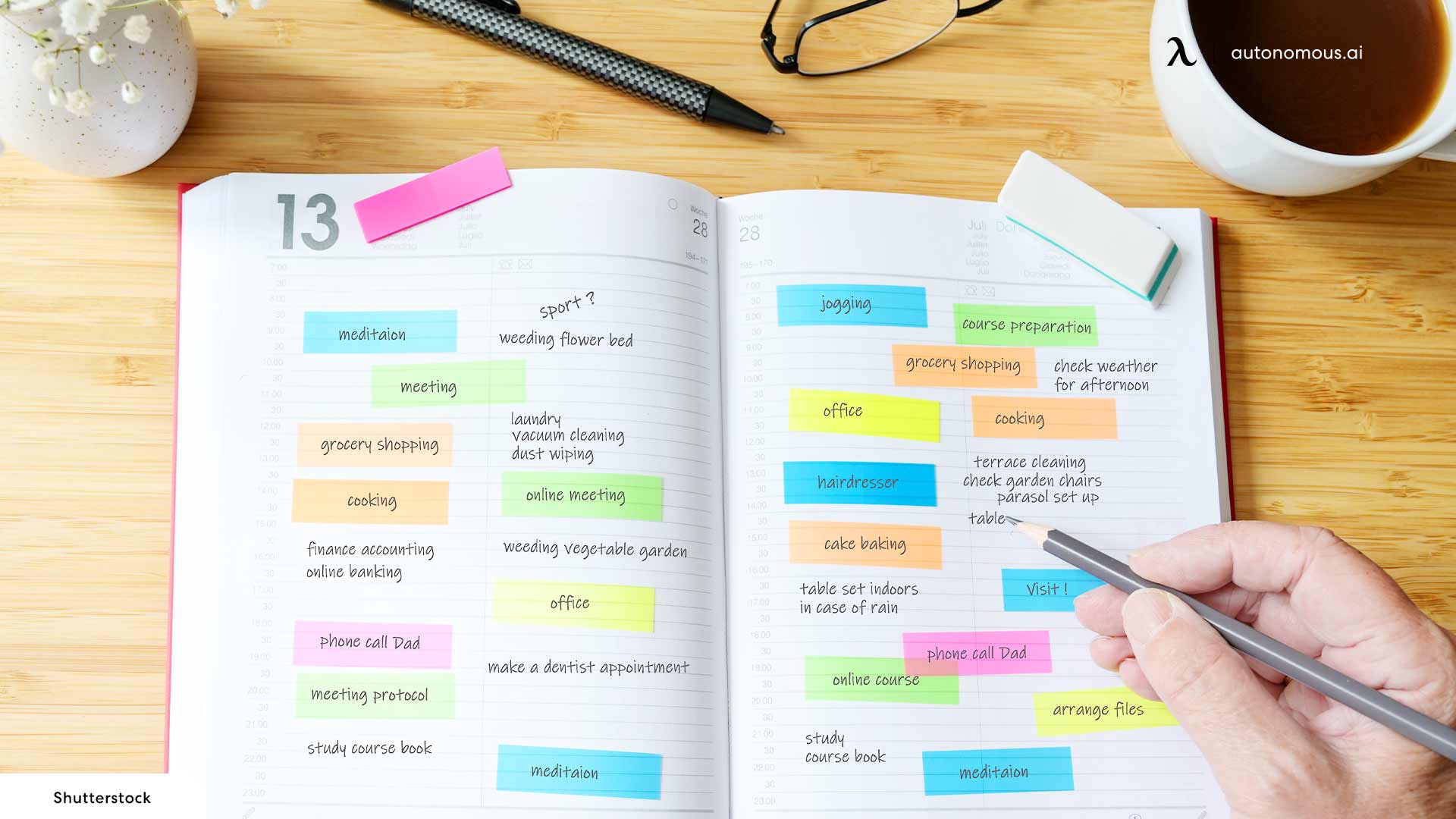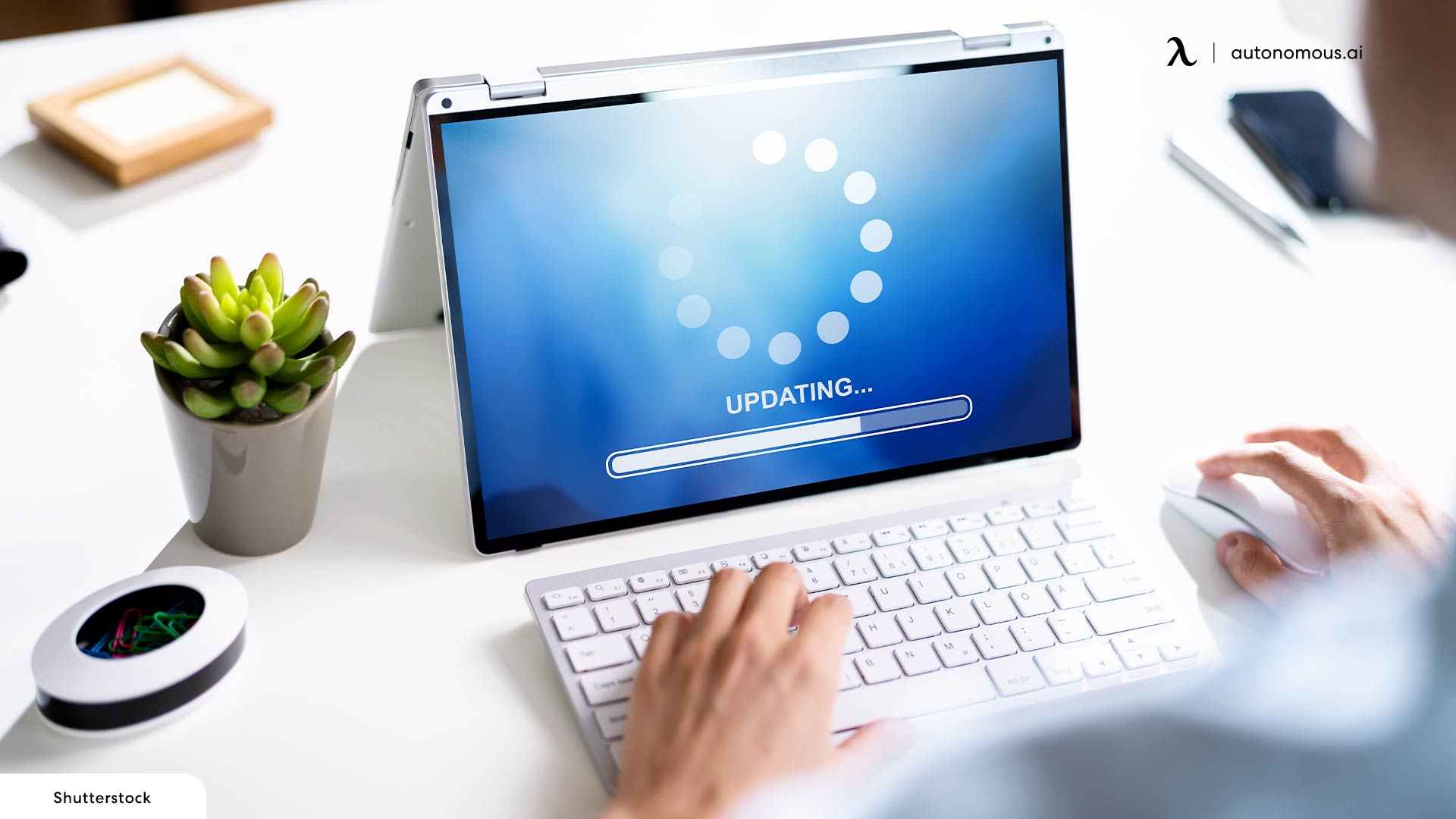/https://storage.googleapis.com/s3-autonomous-upgrade-3/static/upload/images/new_post/productivity-tips-for-hybrid-work-life-2965-1633227142885.jpg)
Getting work done when employees are most productive is possible with a hybrid work model. Most people are most effective in the early morning, while others are more productive at night. Alternatively, you can coordinate with your hybrid workforce on-site or work from a remote location. In response to this trend, hybrid work schedules have become a cross between working from home and working in the office. It's just the compromise between the two types that helped us through WFH. It could be made even better with these productivity tips for hybrid work.
Improving Productivity in a Hybrid Work Setup
While the global pandemic presents many complications and challenges, staff have identified many benefits from working from home with the right productivity tips for hybrid work. Benefits of improved work-life balance include better productivity, reduced distractions, more time for family and friends.
It has enhanced work-life by helping one save on commuting costs and gain from additional exercises for motivational growth or IT upskilling. Flexible working has other advantages that you can expect when you follow appropriate productivity tips at work.
Such as reducing the amount of space necessary for the office, increasing employee happiness, and reducing absences. However, we can expect that properly implementing work-life balance tips will lead to similar benefits for both employees and organizations alike.
Follow These Productivity Tips for Hybrid Work
So how to improve work productivity? Having a hybrid job means spending some time in the office and some at home. Employers and employees gain from these flexible arrangements from a lower real estate footprint to improving work-life balance.
The hybrid workplace differs greatly from work that is purely remote or office-based. Hybrid work can be more difficult to accomplish if it is not approached thoughtfully and organized. To optimize hybrid work and maintain high productivity, here are a few useful productivity tips working from home.
Home and office setting

It can be beneficial to maintain similar workspaces at the office and at home to increase productivity. You should arrange your office chair, drawers, desk, or supplies consistently both in your home and at your workstation. The method eliminates the need to spend energy and time orienting yourself to new work areas constantly. One easy way to do this is to use the same productivity gadgets at home and the office.
Changing your setup won't be a waste of your time if your home and office are almost like each other. You'll also have an easier time remembering information if you're using context-dependent memory and maybe even remembering where you left off.
Plan out office visits with colleagues

There are different hybrid work scheduling approaches. Some companies and teams require their workers to show up every day, while others let them decide when to work. It would be unfortunate to miss out on face-to-face communication if you commute to work while the rest of your team works remotely.
Even though virtual collaboration can be highly productive, meeting in person can often be more beneficial. If possible, try to schedule important meetings on days when teams can commute together and arrange hybrid office furniture for the team beforehand.
Blocking off time on your calendar

There will be a dramatic difference in your WFH schedule from your normal schedule at work. Yet, much of the work we do involves collaborating with others. A consistent, predictable schedule will make your teammates aware of your availability and make collaboration flexible.
Setting aside time in your calendar is one of our suggested remote work productivity tips. The hybrid routines can be more consistent with this method, and team members' availability becomes clearer to all. Schedule as much time as you need for all your daily tasks – factor in the extra time required for lunch and commuting as well!
Set up your work expectations daily

In a hybrid setting, you need to make sure that you and all team members can access the same information. For example, they will need to know about the WFH logistics, when the next meetings are due, activities assigned to employees, and any modifications to be incorporated. It would help set up a policy that defines these new work processes and how employees respond in various settings.
Develop plans to ensure that key members can join all meetings and encourage them to log in from individual PCs instead of a single room. This way, all members can access the critical meeting. In these instances, you might need to experiment with various work patterns, policies till you get one that’s right for everyone involved.
Upgrade your tools and tech

Here is the final productivity tip for hybrid work. Hybrid work involves technology to a great extent. Both the workplace and the home must be connected so that employees can work seamlessly between these two locations. Many employees had to adapt and get used to exciting new communication tools like online meetings as part of the effect of the pandemic.
Organizations rolled out their work from home programs rapidly, and some employees took time to get used to it. Still, not all employees are overly familiar with all of the technologies needed for making their hybrid working situation possible. What would help them is to ensure that they have further training.
You might even need to invest in new supplies and work essentials. You should easily use these tools from a coffee shop, a vacation house, or even at home. When you're working on the go, you will benefit from your mobile tools.
Laptop cases and chargers, wireless mice, and other items allow you to start working as soon as you plug them in. Certain employers sometimes reimburse these instruments and internet connections that make their employees more productive.
Stay connected with us!
Subscribe to our weekly updates to stay in the loop about our latest innovations and community news!
Spread the word



/https://storage.googleapis.com/s3-autonomous-upgrade-3/production/ecm/230914/bulk-order-sep-2023-720x1200-CTA-min.jpg)

/https://storage.googleapis.com/s3-autonomous-upgrade-3/static/upload/images/new_post_author/admin-1.png)